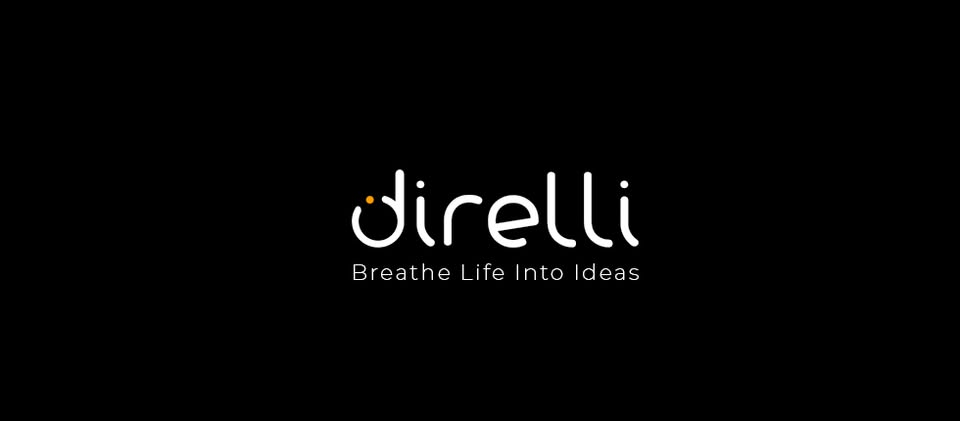
DevOps Best Practices 2025: Navigating the Future of Software Delivery
The landscape of software development is in constant flux, and DevOps is at the forefront of this evolution. As we look towards 2025, certain trends and best practices are becoming increasingly critical for organizations aiming to achieve agility, efficiency, and security in their software delivery pipelines. This article explores these crucial aspects, providing actionable insights and real-world examples.
1. AI-Powered DevOps: Automating Intelligence
Artificial intelligence (AI) and machine learning (ML) are no longer futuristic concepts; they are integral parts of modern DevOps workflows. By 2025, we'll see even deeper integration of AI, automating tasks that were previously human-dependent.
- Predictive Analytics: AI can analyze historical data to predict potential failures in the deployment pipeline. This allows teams to proactively address issues before they impact production.
- Automated Testing: AI-powered testing tools can automatically generate test cases, identify bugs, and prioritize testing efforts based on risk. Imagine an AI that automatically creates edge case tests based on code changes.
- Incident Management: AI can automate the triage and resolution of incidents by analyzing logs, identifying root causes, and suggesting remediation steps.
Example: A large e-commerce company implemented AI-powered anomaly detection to monitor their production systems. The AI identified a subtle performance degradation pattern that human operators had missed, preventing a potential service outage during peak shopping hours. This resulted in a 30% reduction in critical incidents.
2. Enhanced Security: DevSecOps Maturation
Security is no longer an afterthought; it's an integral part of the DevOps lifecycle. DevSecOps practices will continue to mature, emphasizing automated security checks and proactive threat mitigation.
- Shift-Left Security: Integrating security into the earliest stages of development, such as code reviews and static analysis. Tools like SonarQube and Checkmarx automate these processes.
- Infrastructure as Code (IaC) Security: Ensuring that infrastructure configurations are secure by default. Tools like Terraform and AWS CloudFormation allow for security policies to be defined as code, integrated into version control and automatically deployed.
- Runtime Application Self-Protection (RASP): RASP technologies protect applications from attacks in real-time by monitoring application behavior and blocking malicious requests.
Case Study: A financial institution adopted DevSecOps practices, integrating automated security scanning into their CI/CD pipeline. This allowed them to identify and fix security vulnerabilities early in the development cycle, reducing the risk of data breaches and compliance violations. They achieved a 40% reduction in security-related incidents.
3. Infrastructure as Code (IaC) Evolution: Policy as Code
IaC has revolutionized infrastructure management, allowing teams to provision and manage infrastructure using code. In 2025, we'll see a further evolution towards Policy as Code, where security and compliance policies are also defined and enforced as code.
- Centralized Policy Management: Using tools like OPA (Open Policy Agent) to define and enforce policies across different environments.
- Automated Compliance Checks: Integrating policy checks into the CI/CD pipeline to ensure that infrastructure configurations meet compliance requirements.
- Immutable Infrastructure: Designing infrastructure as immutable components that are replaced rather than modified, reducing the risk of configuration drift and security vulnerabilities.
Real-World Scenario: A healthcare provider uses Terraform to provision cloud infrastructure. They implemented Policy as Code using OPA to ensure that all infrastructure configurations comply with HIPAA regulations. This automated compliance check ensures that all systems are secure and compliant before deployment, significantly reducing audit costs and risk.
4. Serverless Architectures: The Rise of Function-as-a-Service (FaaS)
Serverless architectures, particularly FaaS, are gaining traction for their scalability and cost-effectiveness. In 2025, we'll see broader adoption of serverless technologies for various workloads.
- Event-Driven Architectures: Building applications that respond to events, such as user actions or data changes, using serverless functions.
- Microservices Decomposition: Decomposing monolithic applications into smaller, independent microservices deployed as serverless functions.
- Automated Scaling: Leveraging the automatic scaling capabilities of serverless platforms to handle varying workloads without manual intervention.
Example: A media streaming company uses AWS Lambda to transcode video files. When a new video is uploaded, a Lambda function is triggered to automatically transcode the video into different formats and resolutions. This serverless architecture allows them to handle a large volume of video uploads without managing servers.
5. Observability: Beyond Monitoring
Monitoring provides insights into system performance, but observability goes further by providing insights into the internal state of a system based on its external outputs. This is crucial for understanding complex, distributed systems.
- Distributed Tracing: Tracking requests as they flow through different services to identify performance bottlenecks and dependencies. Tools like Jaeger and Zipkin are widely used.
- Log Aggregation and Analysis: Collecting and analyzing logs from various sources to identify patterns and anomalies. ELK Stack (Elasticsearch, Logstash, Kibana) and Splunk are popular choices.
- Metrics and Visualization: Collecting and visualizing metrics to gain insights into system health and performance. Prometheus and Grafana are commonly used.
Case Study: A gaming company implemented a comprehensive observability platform to monitor their online game servers. By analyzing metrics, logs, and traces, they were able to identify and resolve performance issues quickly, ensuring a smooth gaming experience for their players. Their mean time to resolution (MTTR) decreased by 50%.
6. Value Stream Management: Measuring and Optimizing the Flow of Value
Value Stream Management (VSM) provides a holistic view of the software delivery process, from concept to delivery. By mapping the value stream and identifying bottlenecks, organizations can optimize the flow of value and improve efficiency.
- Value Stream Mapping: Visualizing the steps involved in delivering value to customers.
- Bottleneck Identification: Identifying the areas where the flow of value is constrained.
- Continuous Improvement: Implementing changes to improve the flow of value based on data and feedback.
Conclusion
As we approach 2025, embracing these DevOps best practices will be crucial for organizations seeking to thrive in the rapidly evolving software development landscape. By integrating AI, enhancing security, evolving IaC, adopting serverless architectures, enhancing observability, and embracing Value Stream Management, organizations can build more resilient, efficient, and secure software delivery pipelines. Direlli helps its clients navigate this complex landscape by implementing custom DevOps solutions tailored to their specific needs, ensuring they remain competitive and innovative.


